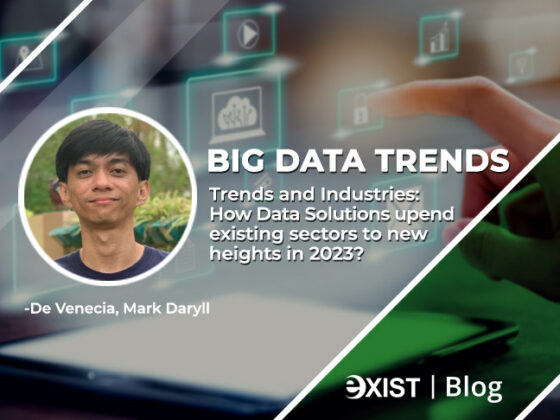Strengthening Disaster Resilience: Catholic Relief Services hands over Gawad Kalasag Management and Information System to Office of Civil Defense, Powered by Exist Software Labs
https://exist.com/wp-content/uploads/GKMIS-handover-2.png
1300
972
Yvette Cerdon
https://secure.gravatar.com/avatar/ba5c14b98f39cf833cd2683926c9470c7641fb7372969339f73f33d6d46c4c81?s=96&d=mm&r=g
Exist present at the Office of Civil Defense last Nov. 21, 2023 In photo (L-R): Exist Director, Tech Services Dennis de Vera, Exist VP-Operations Jonas…
read more




